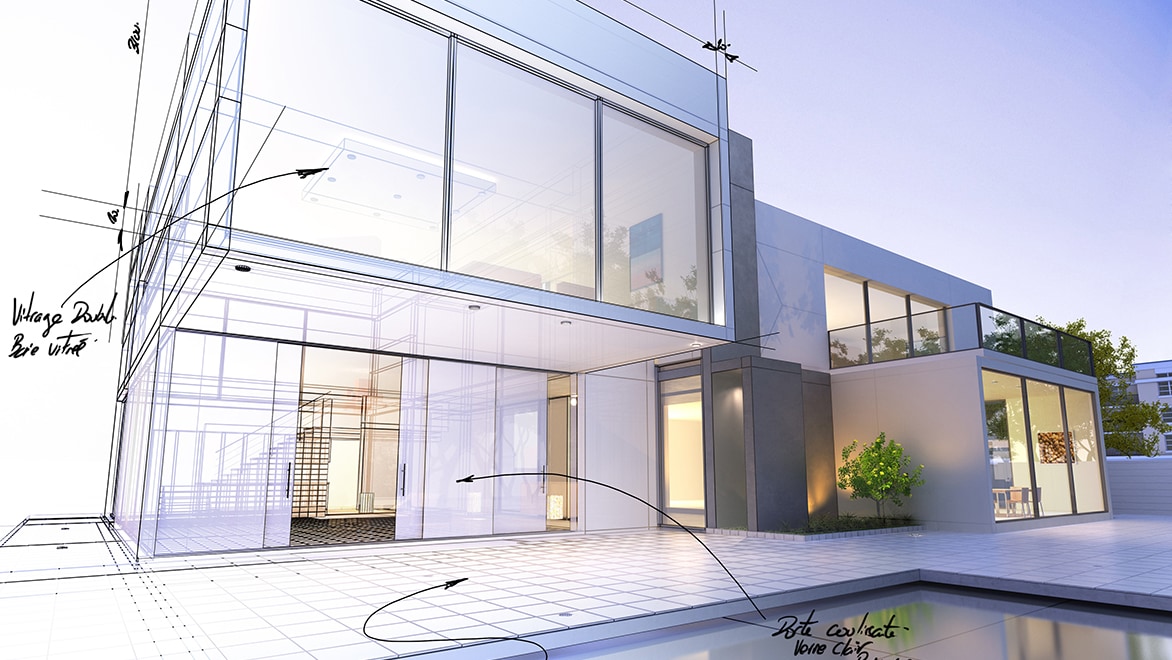An Extensive Summary of Architectural Styles and Their Influence on Modern City Preparation and Growth
Building designs have actually long offered as a mirror to the societal values and technical innovations of their time, playing a vital role in forming modern city planning and advancement. From the splendour of Neoclassicism to the practical method of Brutalism, each style has actually introduced special ideas that influence urban aesthetics and performance.
Historical Summary of Building Designs

As societies transitioned through the Middle Ages, Gothic architecture arised, identified by its verticality and complex outlining, mirroring the spiritual desires of the era. The Renaissance marked a rebirth of classical suitables, merging art and design in innovative manner ins which affected succeeding styles throughout Europe.

Today, building designs continue to advance, driven by globalization and sustainability concerns, mirroring a dynamic interaction between heritage and advancement. This historic review emphasizes the importance of architecture as a mirror of social evolution and as a driver for metropolitan advancement.
Key Architectural Styles Explained
The variety of building styles reflects the myriad influences that shape our built setting, each embodying distinctive characteristics and cultural values. Key building designs consist of Classic, Gothic, Baroque, Modernism, and Postmodernism, each standing for distinct historical contexts and visual approaches.
Classic architecture, rooted in old Greece and Rome, stresses balance, percentage, and using columns (cda architects). On the other hand, Gothic design, thriving between Ages, is identified by sharp arches, ribbed safes, and flying buttresses, creating an angelic top quality in cathedrals. Baroque style, emerging in the 17th century, is marked by grandeur, elaborate embellishment, and a vibrant interaction of light and darkness
Innovation, which got momentum in the early 20th century, focuses on function over type, using brand-new materials like steel and glass to develop minimal frameworks. Postmodernism, reacting against the austerity of Innovation, accepts eclecticism and historic reference, typically incorporating spirited aspects and paradox.

Influence on Urban Preparation
In forming the content growth of cities, architectural designs dramatically affect city planning choices. The choice of architectural design usually dictates the aesthetics, performance, and general character of metropolitan settings. Innovation, with its focus on minimalism and functionality, motivates open spaces and the integration of innovation, forming city formats that focus on performance and availability. Conversely, traditional styles may highlight historical preservation, leading to city designs that preserve social heritage and promote pedestrian-friendly settings.
Additionally, architectural designs can affect zoning laws and land utilize policies. Urban planners need to take into consideration the prevailing architectural trends when making areas, ensuring that brand-new growths balance with existing structures. This consideration cultivates natural city landscapes and enhances community identification.
The application of certain architectural designs can likewise influence socioeconomic aspects within a city. For instance, premium modern layouts might bring in upscale homeowners and services, leading to gentrification, while more budget-friendly real estate solutions may focus on useful and lasting designs to fit diverse populaces. Ultimately, the interplay between building styles and urban planning develops dynamic cities that reflect both historical context and modern needs, forming the lived experiences of their inhabitants
Sustainability and Modern Architecture
Architectural styles play a critical function in dealing with contemporary obstacles, particularly in the world of sustainability. As city locations increase and environmental problems magnify, modern architecture significantly embraces sustainable design principles that prioritize energy performance, resource conservation, and minimal eco-friendly impact.
Contemporary architectural activities, such as biophilic design and green architecture, supporter for structures that integrate with their surroundings, utilizing natural products and advertising biodiversity. These designs commonly integrate renewable resource sources, such as photovoltaic panels and wind turbines, to decrease dependence on nonrenewable fuel sources and lower carbon footprints.
Additionally, the integration of innovative technologies, such as clever building systems, boosts power management, optimizing resource use while making certain passenger convenience. Innovative water management methods, including rain harvesting and greywater recycling, more add to sustainable urban atmospheres.
Especially, sustainability prolongs beyond environmental problems; it incorporates social and financial measurements too. By fostering community wellness and advertising inclusivity, contemporary building styles straighten with lasting growth goals. Subsequently, the development of architectural techniques continues to shape durable cities that not only fulfill the requirements of the present but additionally protect the future for generations to find.
Community Involvement in Style
Area engagement in view it layout offers as a crucial bridge in between engineers and the populations they serve, guaranteeing that the developed environment reflects the requirements and ambitions of its individuals. This collective process welcomes neighborhood participants to contribute their understandings and preferences, promoting a sense of ownership and responsibility toward the rooms they live in.
Effective area involvement employs various techniques, such as workshops, surveys, and public online forums, to collect diverse point of views. These strategies promote a two-way dialogue, enabling engineers to recognize local contexts while equipping citizens to voice their worries and wishes. This inclusivity not only improves Read Full Article the design quality but additionally advertises social equity by addressing the unique difficulties faced by marginalized teams.
Moreover, area involvement can lead to innovative remedies that might not emerge in a traditional style process. By incorporating local understanding and cultural values, designers can create rooms that reverberate even more deeply with customers, boosting use and sustainability. Ultimately, focusing on community interaction in layout processes leads to settings that nurture social interactions, support wellness, and reinforce community connections, thus playing an essential role in shaping modern-day metropolitan landscapes.
Verdict
Building styles have exceptionally affected modern city planning and growth, showing evolving cultural and technical contexts. As cities continue to expand and adapt, the ongoing dialogue in between architectural heritage and contemporary style concepts will certainly stay necessary in developing comprehensive, vibrant areas that enhance high quality of life and advertise social equity.